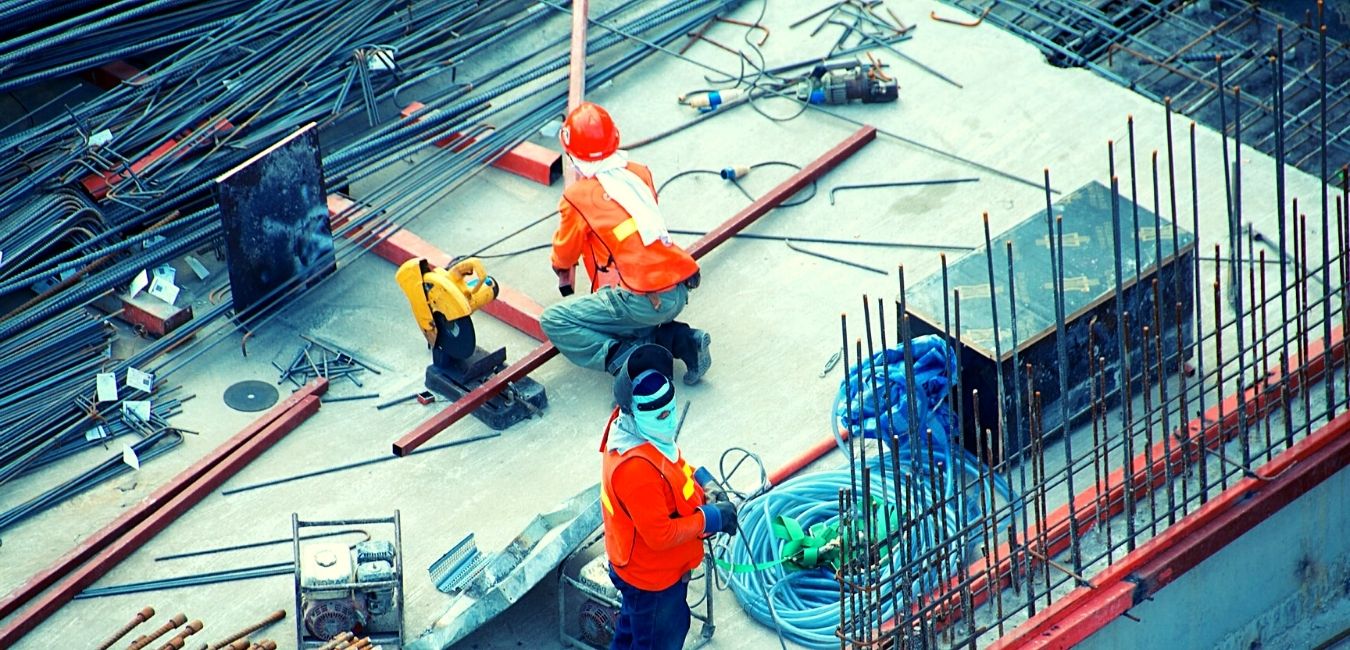4 Key Principles of Construction Optioneering

Construction companies have begun making use of optioneering to reduce expenses and ensure that the finished project satisfies all applicable standards for safety and quality.
The process can be streamlined, with the time required to design and construct a project decreased by using a construction optioneering platform.
For example, https://www.alicetechnologies.com/construction-optioneering uses data inputs to simulate possibilities for building in minutes. With ALICE, you can optimize projects to reduce costs and get projects online faster.
Also you can prefer Heavy crane hire services offer top-of-the-line equipment and expert operators for your lifting needs.
This article will go over optioneering and its key principles.
Why optioneering is advantageous
Construction projects benefit greatly from optioneering. By taking into account all feasible possibilities, you can better obtain a design that’s cost-effective and meets the needs of all stakeholders.
Optioneering helps with informed decision-making by examining many alternatives, contributing to the project’s timely and cost-effective completion while also enhancing worker safety, lessening negative effects on the environment, and ensuring client satisfaction.
It’s a terrific approach to find innovative opportunities that might not have been noticed otherwise.
Key principles of construction optioneering
That said, here are some key principles of construction optioneering.
1. Visualization
Optioneering assists with visualizing projects, especially when used with additional tools.
Tools for visualization are helpful for comparing several design ideas, taking into consideration the expenses involved. Users can see the complete project in 3D, which makes it simpler to spot potential issues or places for improvement.
For instance, building information modeling (BIM) software can be used to create virtual representations of construction projects, which can then be used to compare the cost and design of various possibilities.
2. Data use
A crucial part in the construction optioneering process is utilizing current data. Construction teams can make better judgments and find the best options for their project by using the data at their disposal.
Data from previous projects might offer insightful information about what functions well and what doesn’t.
Industry trends can also give important information about potential choices. Construction teams can better act on opportunities and viable solutions by staying current, staying abreast of developments for more accurate data.
3. Project needs and priorities
It’s important to take the time to identify what the project needs and prioritize those needs before embarking on optioneering. This can help construction teams narrow down their options to those that best meet their project’s requirements and budget.
For example, if cost is the main consideration, some design possibilities may quickly be disregarded. Likewise, if safety is the top priority, attention may be given to specific materials and equipment.
The process of assessing and contrasting various construction choices to choose the best one for certain projects is crucial, as it takes into account the project’s complete lifetime.
Here’s what you need to think about during each stage of the construction project life cycle.
Design stage
It’s vital to consider the long-term effects of each option at the design phase. For instance, selecting materials that are long-lasting and need little upkeep can eventually lower operational and maintenance costs. Additionally, incorporating energy-efficient design into a project can save energy expenses and lessen its carbon imprint.
Construction
The effects of certain solutions on safety, health, and the environment must be taken into account during the construction process. Successful project completion can be increased by using construction techniques that limit waste, protect the environment, and assure the safety of both workers and the general public.
Operation and maintenance
It’s crucial to check that the alternatives are simple to maintain, have short downtimes, and are economical to run during the operation and maintenance phase. Regular upkeep can lower operating costs, which can result in client satisfaction.
Additionally, keeping track of and assessing the effectiveness of the chosen solution can support problem detection and continual improvement.
4. Risk management
Another principle of optioneering is risk management.
With optioneering, construction teams can more effectively identify possible hazards and create plans to reduce them. This might range from putting in place backup plans in case of delays to putting in place safety procedures that guarantee the project complies with all legal requirements.
Construction teams can better understand their project and be better equipped to address any unforeseen difficulties that may develop during the course of the project by taking proactive steps to minimize risk.
Conclusion
Optioneering, in the end, can help ensure that a construction project is finished on schedule and within budget, while also enhancing safety standards and elevating customer satisfaction.
For building teams attempting to find the best design that satisfies the needs of all stakeholders and is affordable, optioneering can be a very useful tool. Construction teams can find the most optimal solution for their project by using this method.




























